This struggle is in itself also inherent for democracy to survive. Because this struggle brings with it a check and balance by each institution on each other and basic structure has acted as a parameter for such check and balance. Hence, if the question remains, who is supreme? Then the very clear answer which must reflect in the society is - The constitution of India.
The constitutional history is incomplete without the basic structure doctrine which was propounded from the famous case of His Holiness Kesavananda Bharati Vs. State of Kerala, 1973. Mr. T.R.Andhyarujina (1933-2017) was a Senior Advocate at the Supreme Court and at that time was junior to H M Seervai the constitutional expert who represented the State of Kerala (Respondent) in the Kesavananda Bharati case. He in his book KESAVANANDA BHARATI CASE calls this case an untold struggle of supremacy between the Supreme Court and the Parliament. This struggle for supremacy between the Supreme Court and Parliament is like a game of balancing on the rope wherein that thin rope is the principle of separation of power. This struggle has been seen in recent times when the Vice President of India Mr. Jagdeep Dhankar criticized the basic structure doctrine saying that it has diluted the supremacy of the Parliament. The law minister Mr. Kiren Rijaju had also questioned the validity of the basic structure doctrine.
The Kesavananda Bharati case was a proceeding of more than 6 months. It was the longest hearing which ran for 66 days before the largest bench of 13 judges who delivered 11 separate judgments, where the petitioner was represented by Nani Palkhivala who argued for 31 days. The Union of India was represented by Attorney General Niren De. The case in which there was a conflict between the bench, conflict between Petitioner and Respondent, and conflict between Respondent and Respondent. It was also somewhat a conflict between fundamental rights and Directive Principles of State Policy. A property dispute that the petitioner surely did not win but gave the country a shield for the protection of their rights. The case was decided by a paper-thin majority of 7:6 judges. And the verdict came that ‘The Parliament cannot by an amendment alter the basic structure of the constitution.’
The basic structure doctrine is a judicial principle that the Constitution has certain basic features that cannot be altered or destroyed by amendments by Parliament. Over the past 50 years, the doctrine has evolved which has formed the basis for judicial review of a constitutional amendment. The legal luminaries have time and again warned their upcoming generations that – ‘never think of reviewing Kesavananda Bharati Case which has given us the basic structure doctrine otherwise history will not forgive you.’ The judiciary is the protector of the constitution and has the responsibility on its shoulders to protect the core, the basic structure of the constitution.’
Justice Deepak Gupta, former Judge of the Supreme Court while analyzing the criticism of the basic structure doctrine gave an appropriate example of Germany which experienced a black phase of the dictatorship by Adolf Hitler who did what he did because he had the back of the majority of the people. Germany had the Weimar Constitution having provision like ours that the Constitution can only be amended by a 2/3rd majority. Adolf Hitler using the brute majority amended the constitution and took away the rights of the citizens like the freedom of speech, residence, association, and habeas corpus. Millions of Jews who belonged to the minority community were killed. After the Second World War when the Federal Republic of Germany was drafting its new Constitution, they added some basic clauses that can never be removed. They took out the rule of law, fundamental rights, and separation of powers from the amending power of the Parliament. They said these basic laws are eternal and nobody can remove them.
This dictatorship was the lesson we need to learn while running our democracies and understand that ‘Power tends to corrupt; absolute power corrupts absolutely.’ So, what is needed is the check and balance which is well established with the help of basic structure doctrine theory.
In the Kesavavanda Bharati Case, the list of instances of the basic structure was different for different judges. Some of them were the Supremacy of the Constitution, the Republic, the democratic form of the government, Secularism, Separation of power, federal structure, unity, and integrity of the nation, etc. If we look at the development of this doctrine the criticism that because of the basic structure doctrine parliamentary sovereignty is compromised seems to be an incorrect view. There are some countable instances after the Kesavananda Bharati case where the Supreme Court used the ground of violation of basic structure doctrine, to strike down constitutional amendments:
The case that followed was Indira Gandhi v Raj Narain (1975) wherein the Supreme Court struck down the 39th Amendment Act, 1975 which inserted Articles 71 and 329A which kept the election of four high constitutional functionaries, namely, the president, vice-president, the prime minister, and speaker of the LokSabha outside the purview of courts. This was struck down as violative of the basic structure doctrine. The next was the case of Minerva Mills vs. Union of India,1980, in which the Supreme Court struck down the 42nd Amendment Act to the extent of Article 368 which had taken away the power of judicial review from the courts and had given unlimited powers to parliament as violative of basic structure doctrine. Another case was Samba Murthy v State of Andhra Pradesh (1986) which struck down the provision which had Excluded the power of judicial review of the High Court to administrative tribunal matters. The other cases in which Supreme Court upheld basic structure doctrine were Kihoto Hollohan v Zachillhu 1992 which was related to 10th schedule and Chandra Kumar v Union of India (1997) wherein judicial review of the High Court was taken away and vast powers were given to the administrative tribunal.
There are two recent cases wherein the constitutional validity of an amendment was challenged as violative of the basic structure but the petitioner did not succeed. One was the Maratha Reservation case (Dr. Jaishri Laxmanrao Patil Vs. Chief Minister) and another was Janhit Abhiyan Vs. The Union of India wherein the validity of 10% reservation given to the economically weaker section was challenged.
When the judiciary saw the lack of faith in the judgment of the highest court of the country specifically as to the basic structure doctrine legal luminaries expressed themselves as how it has acted as a shield and not a sword. The Chief Justice of India D Y Chandrachud called it a North Star which helped in the interpretation of the constitution. Here we cannot forget the fact that the father of our current CJI retired justice Y V Chandrachud was in the minority view in the Kesavananda Bharati Case. SC Judge Justice B V Nagarathnna called it a fine example of transformative constitutionalism.
We as citizens of this country need to have a clear perspective of this struggle between the Supreme Court and Parliament. The struggle for supremacy. No single institution can be supreme. The demarcation between Parliament, the judiciary, and the legislature is the core of our constitution to have a collaborative working of these institutions. This struggle is in itself also inherent for democracy to survive. Because this struggle brings with it a check and balance by each institution on each other and basic structure has acted as a parameter for such check and balance. Hence, if the question remains, who is supreme? Then the very clear answer which must reflect in the society is - The constitution of India. The Parliament is surely the will of the majority but the Constitution is the will of every citizen of this country as reflected by the preamble of the Constitution which starts with the words... We, the people of India having solemnly resolved...
- Adv. Prachi Patil
ppprachipatil19@gmail.com
(The writer is a practicing lawyer at the Pune District Court and the Family Court, Shivajinagar.)
Tags: कायदा संविधान विधिमंडळ केशवानंद भारती खटला सर्वोच्च न्यायालय प्राची पाटील मुलभूत संरचना Load More Tags

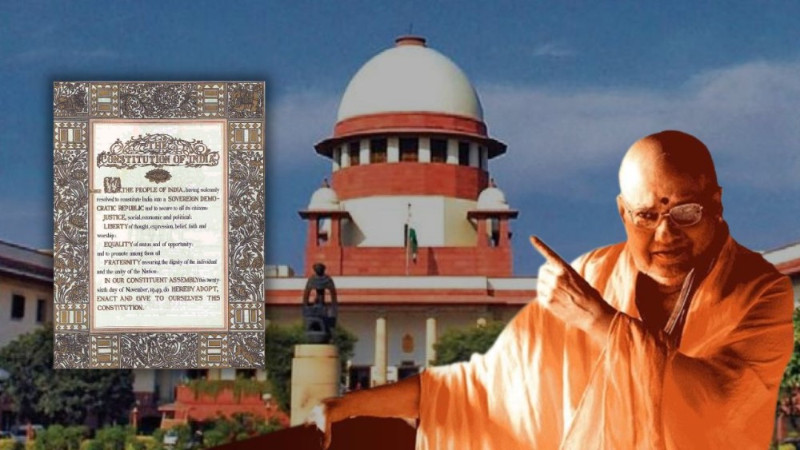



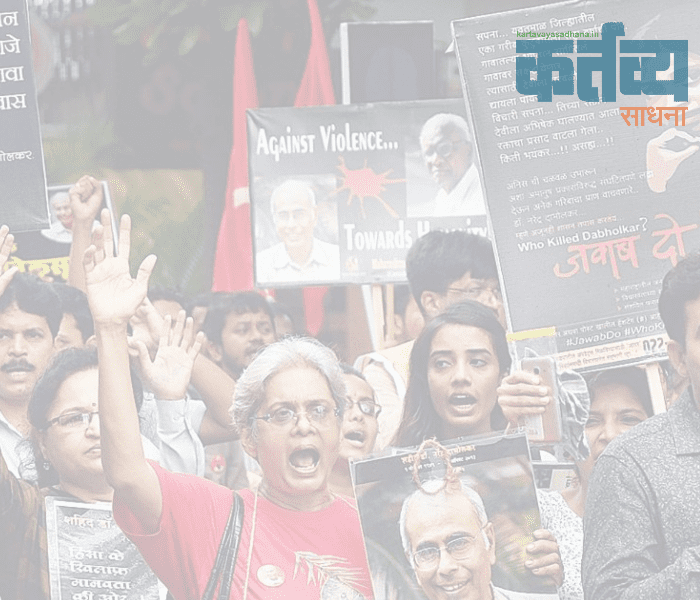

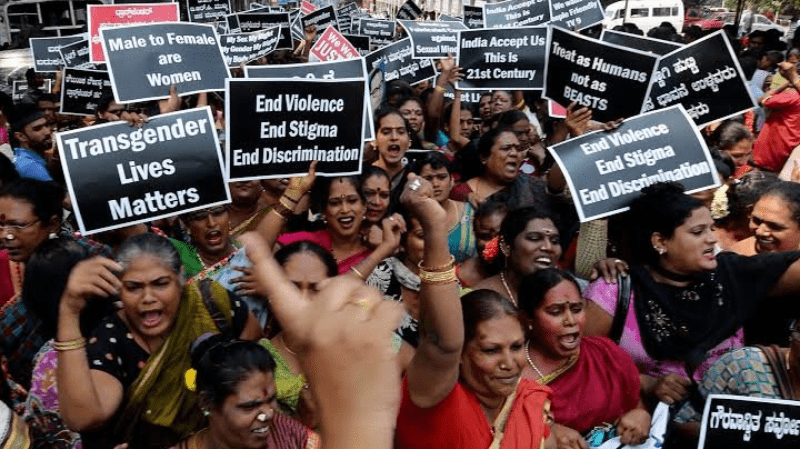

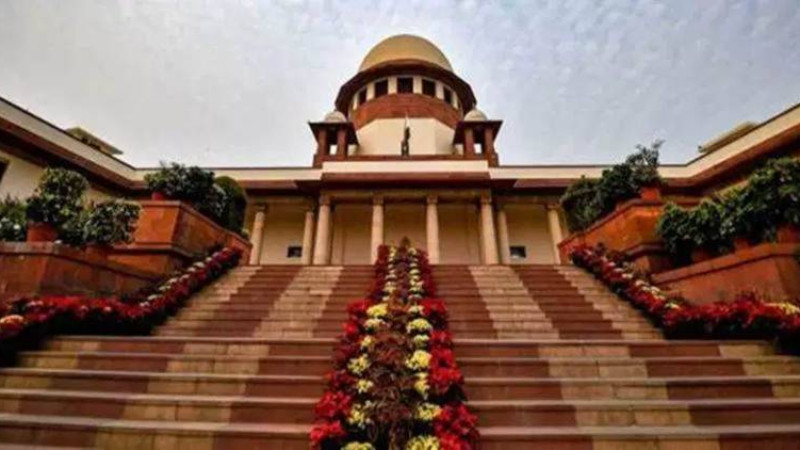
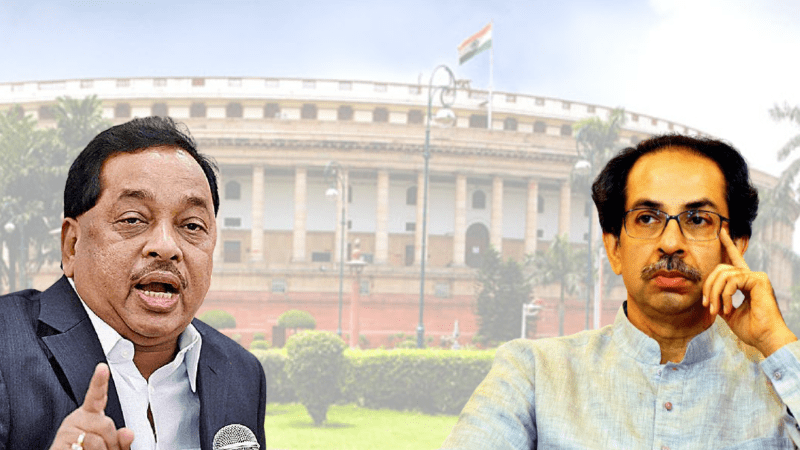
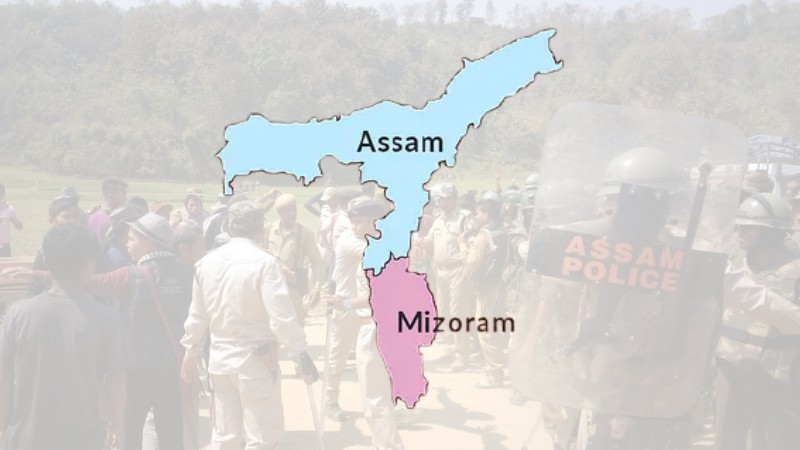


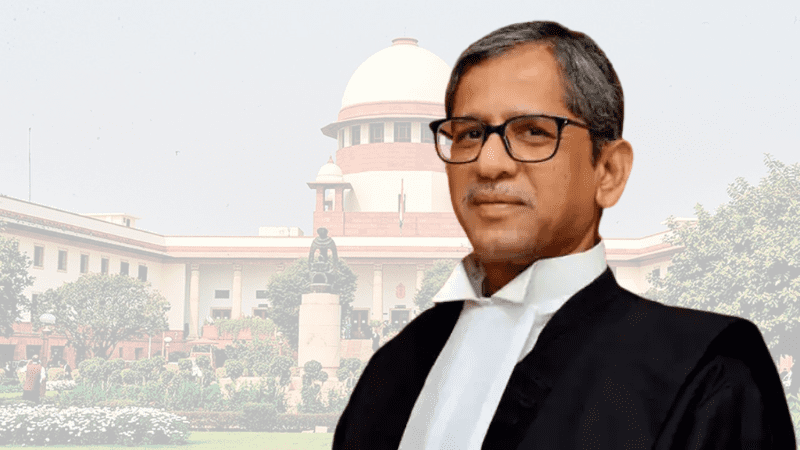
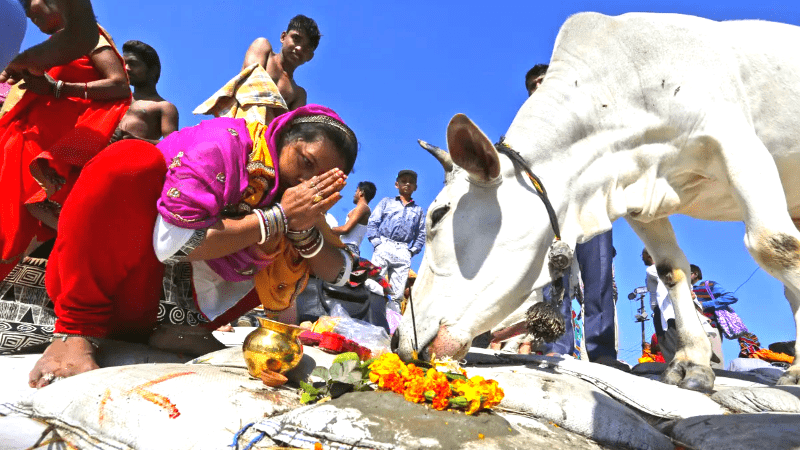

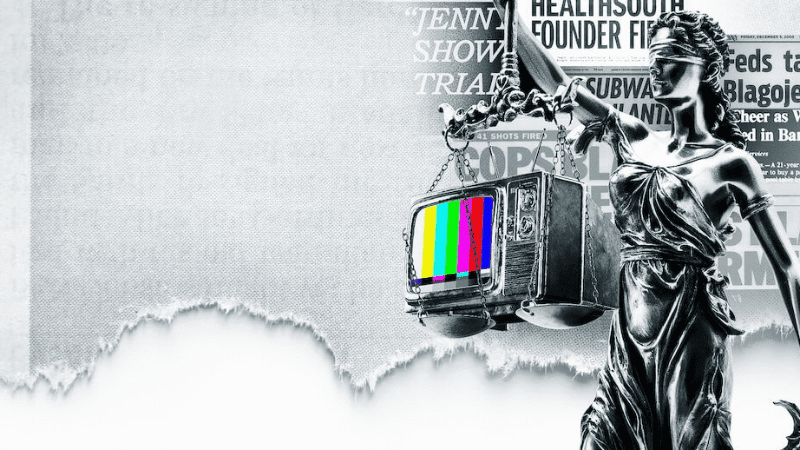
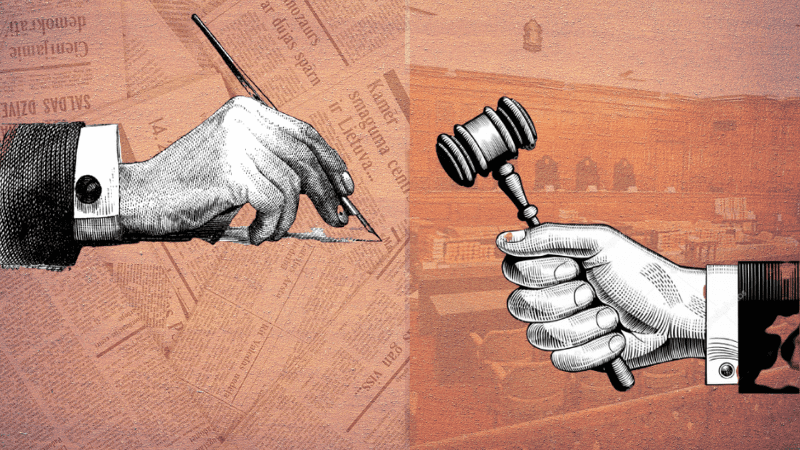


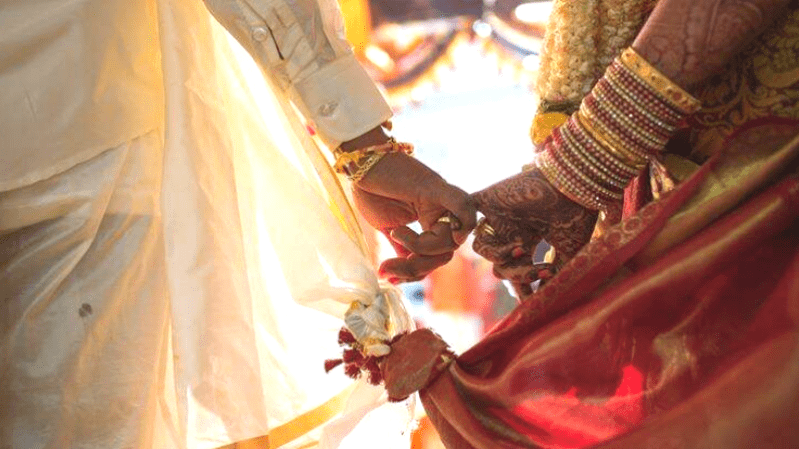

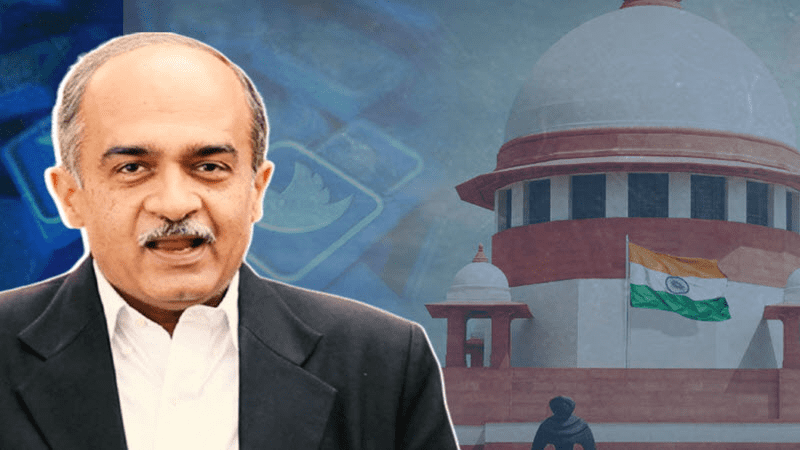

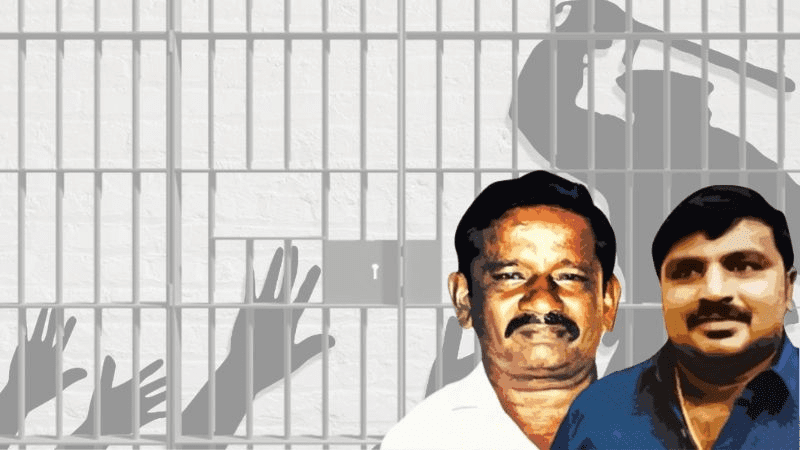
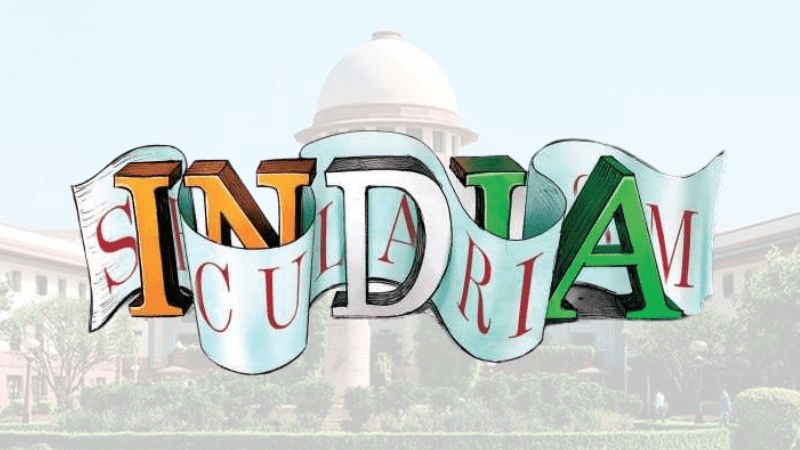

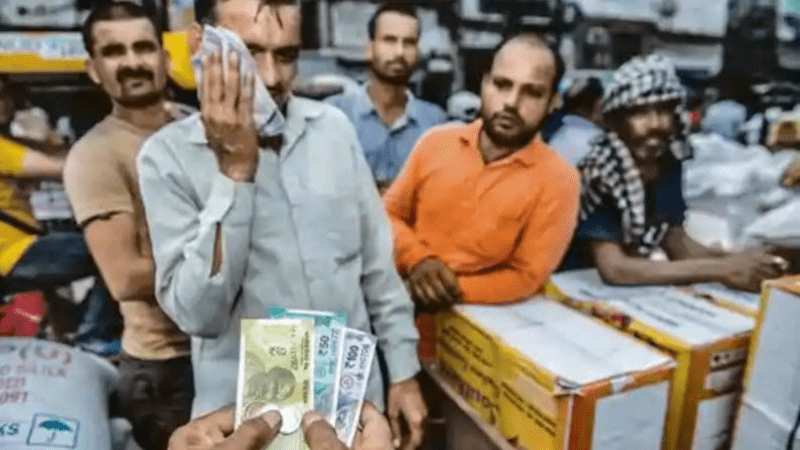

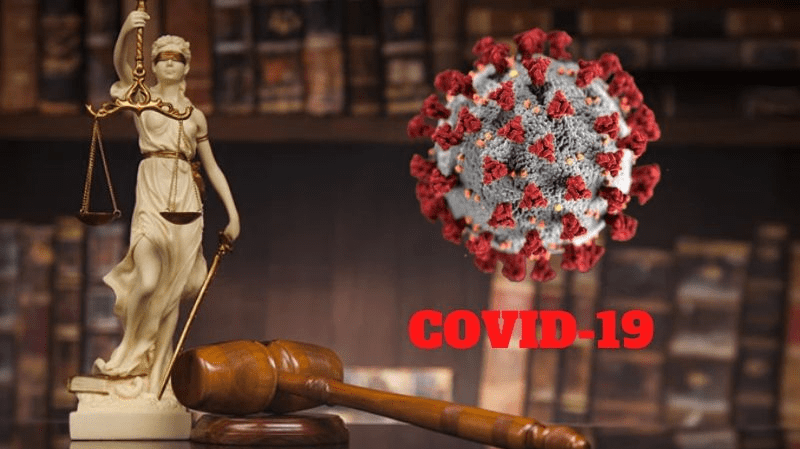

























Add Comment